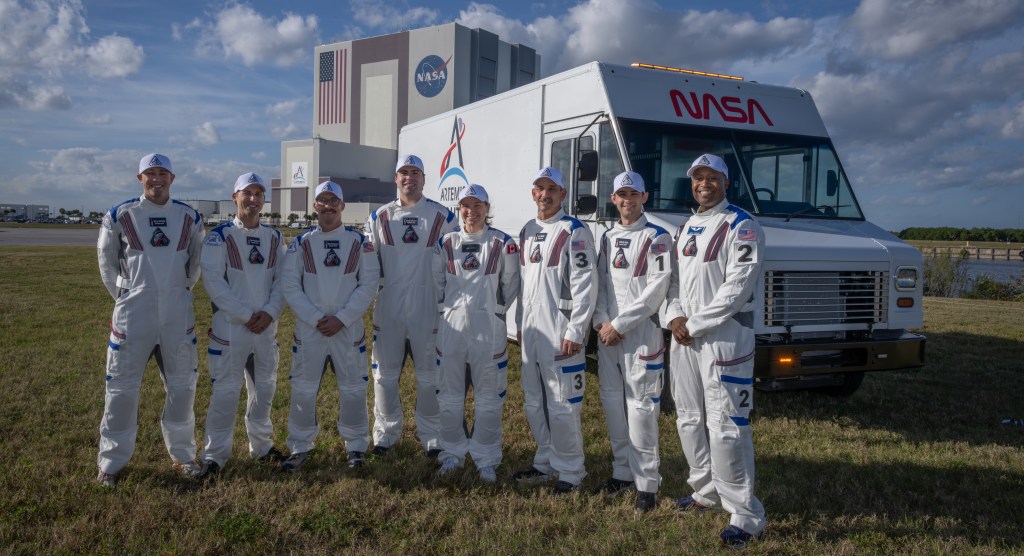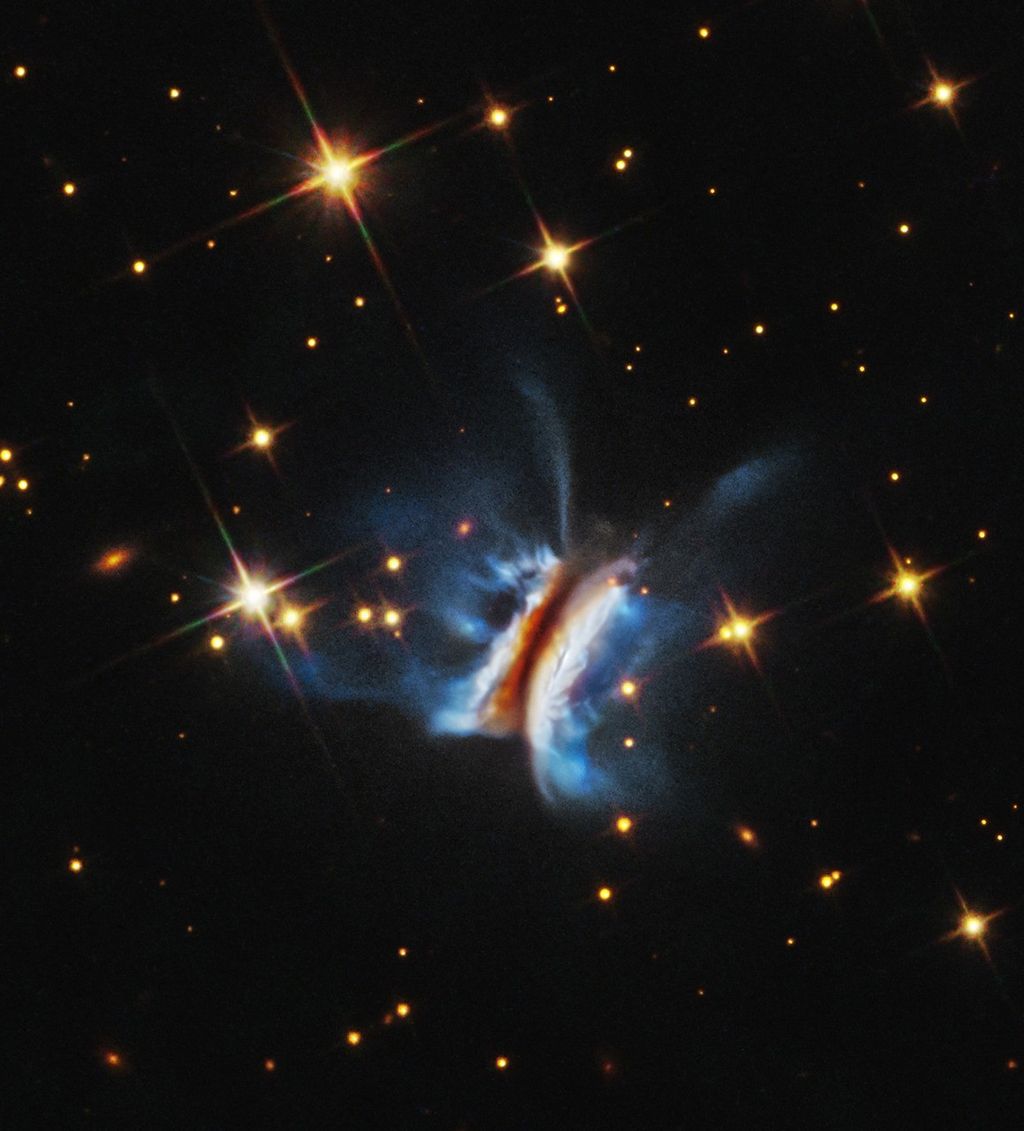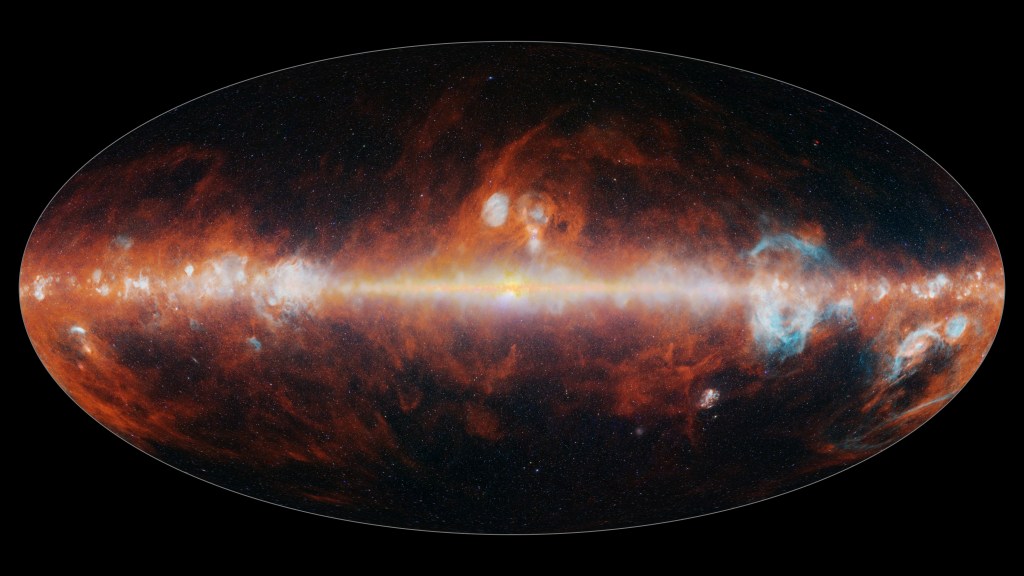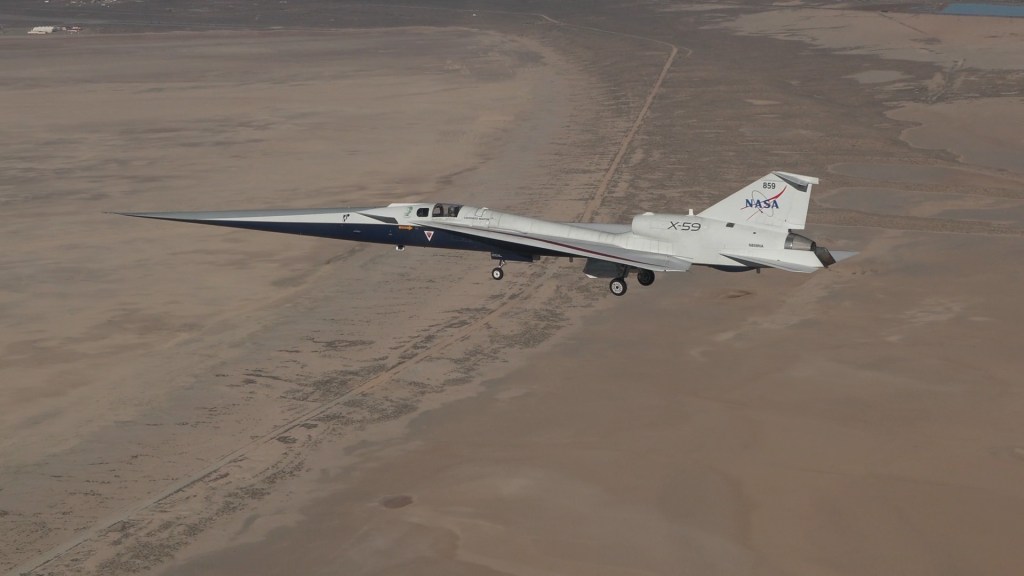Welcome to Launch Coverage for NASA’s ESCAPADE Mission
Launch day is here for NASA’s ESCAPADE (Escape and Plasma Acceleration and Dynamics Explorers) mission to Mars. Blue Origin is launching the ESCAPADE mission from Launch Complex 36 at Cape Canaveral Space Force Station, on the second flight of its heavy lift rocket, New Glenn.
The twin ESCAPADE spacecraft sit inside the payload fairing atop Blue Origin’s New Glenn rocket ready for liftoff from Launch Complex 36 at Cape Canaveral Space Force Station in Florida. Today’s launch is targeted for 2:57 p.m. EST, with a launch window that extends until 4:25 p.m. EST.
The ESCAPADE science mission will orbit its two spacecraft around Mars to understand the structure, composition, variability, and dynamics of Mars’ unique hybrid magnetosphere. The mission will use a unique dual viewpoint of the Mars environment to explore how solar wind strips atmosphere away from Mars to better understand how its climate has changed over time. Information gained from the ESCAPADE spacecraft could enable NASA to better protect future human and robotic missions to the Red Planet.
This mission was developed under NASA’s SIMPLEx (Small Innovative Missions for Planetary Exploration) program in the agency’s Science Mission Directorate. The mission is led by the University of California, Berkeley’s Space Sciences Laboratory. The spacecraft were designed, built, integrated, and tested at Rocket Lab’s Spacecraft Production Complex and headquarters in Long Beach, California.
NASA’s Launch Services Program, based at NASA’s Kennedy Space Center in Florida, selected Blue Origin of Kent, Washington, to launch the mission as part of the agency’s VADR (Venture-class Acquisition of Dedicated and Rideshare) contract. Missions launched through VADR help foster growth in the commercial launch market while lowering the cost of access to space for science and technology research.
Also launching on New Glenn is a space communications technology demonstration from Viasat Inc. funded by NASA’s Communications Services Project. The demonstration is designed to track New Glenn’s ascent using a communications terminal installed on the spacecraft’s payload adapter and Viasat’s satellite relay network, supporting agency efforts to commercialize relay services for future NASA missions.
Follow launch updates on NASA’s ESCAPADE blog and stay connected with the mission on social media.
X: @NASA, @NASAKennedy, @NASASolarSystem
Facebook: NASA, NASAKennedy, NASASolarSystem
Instagram: @NASA, @nasakennedy, @nasasolarsystem



























